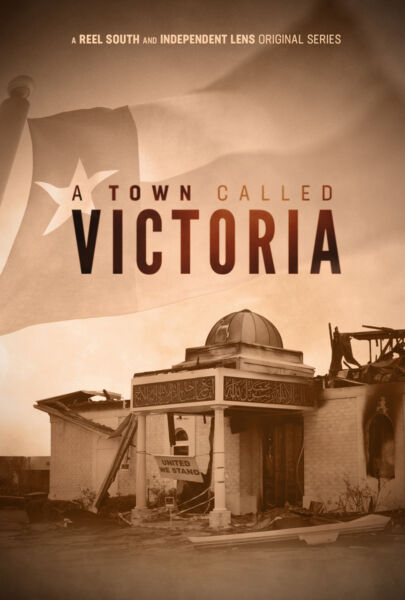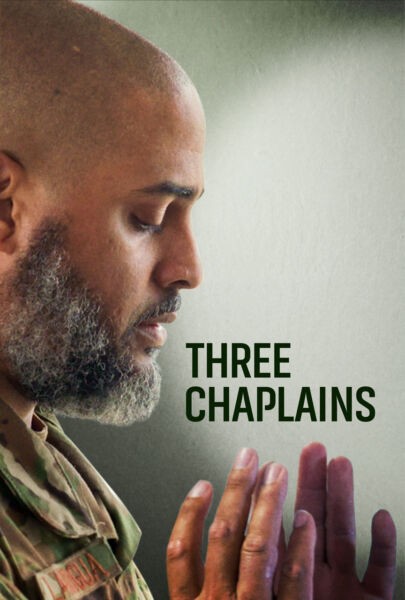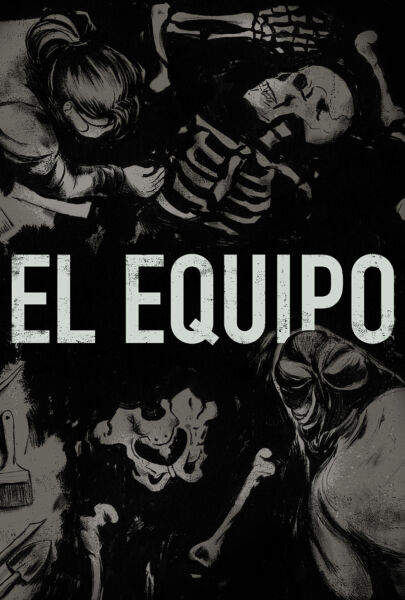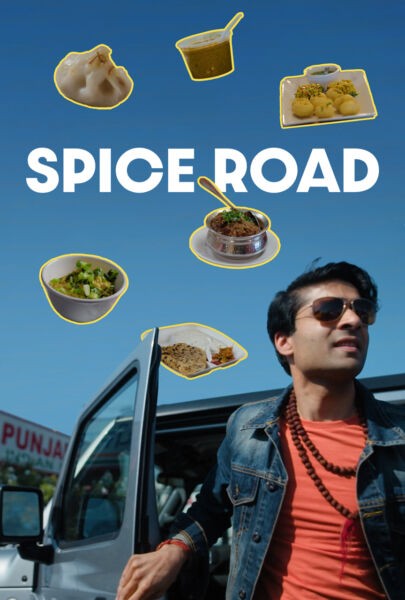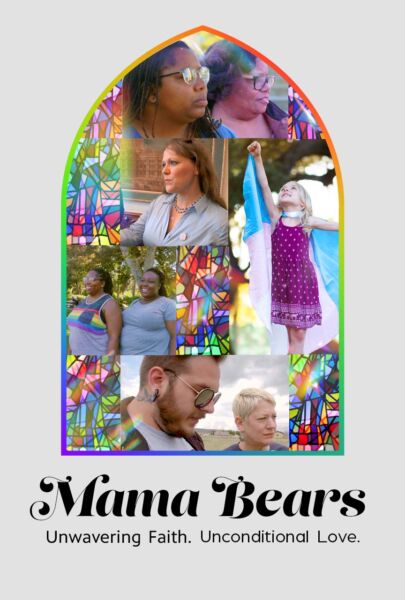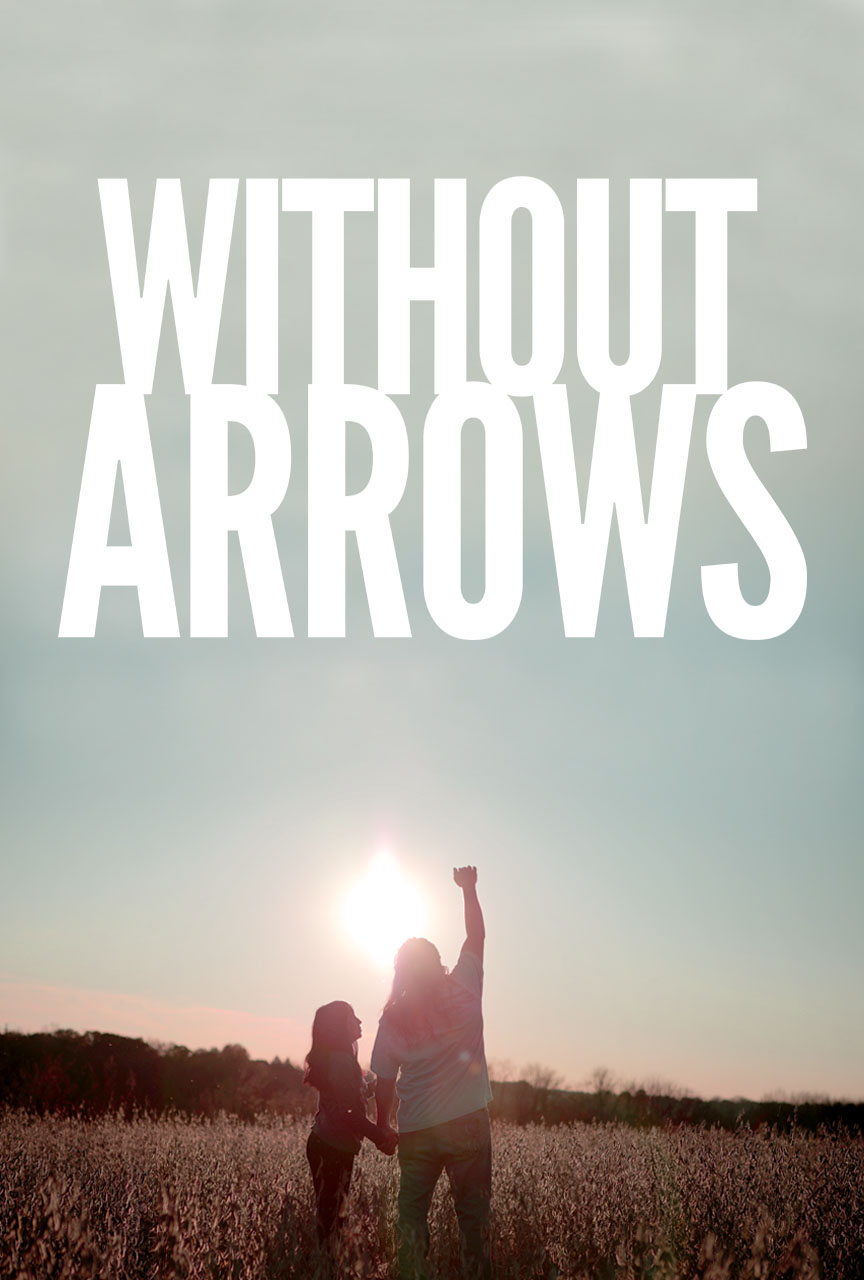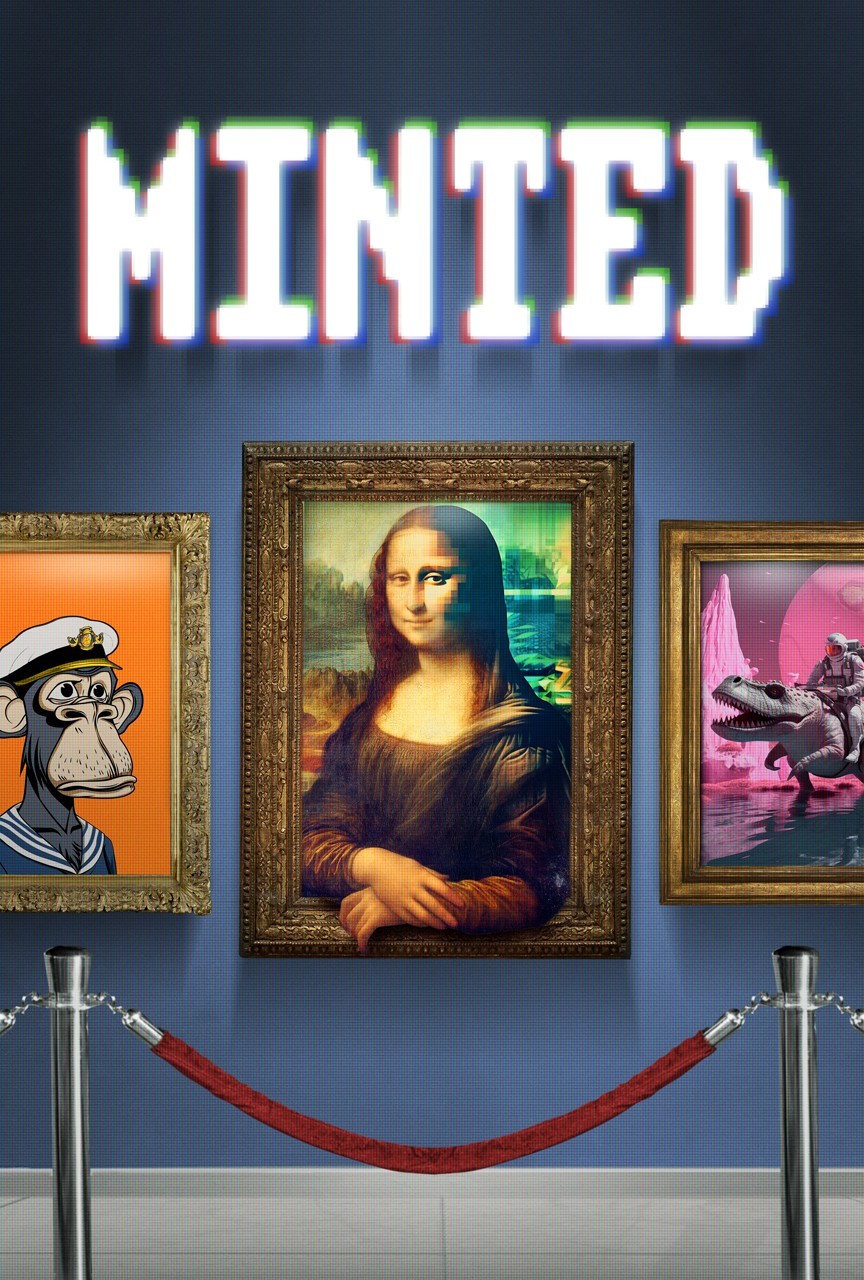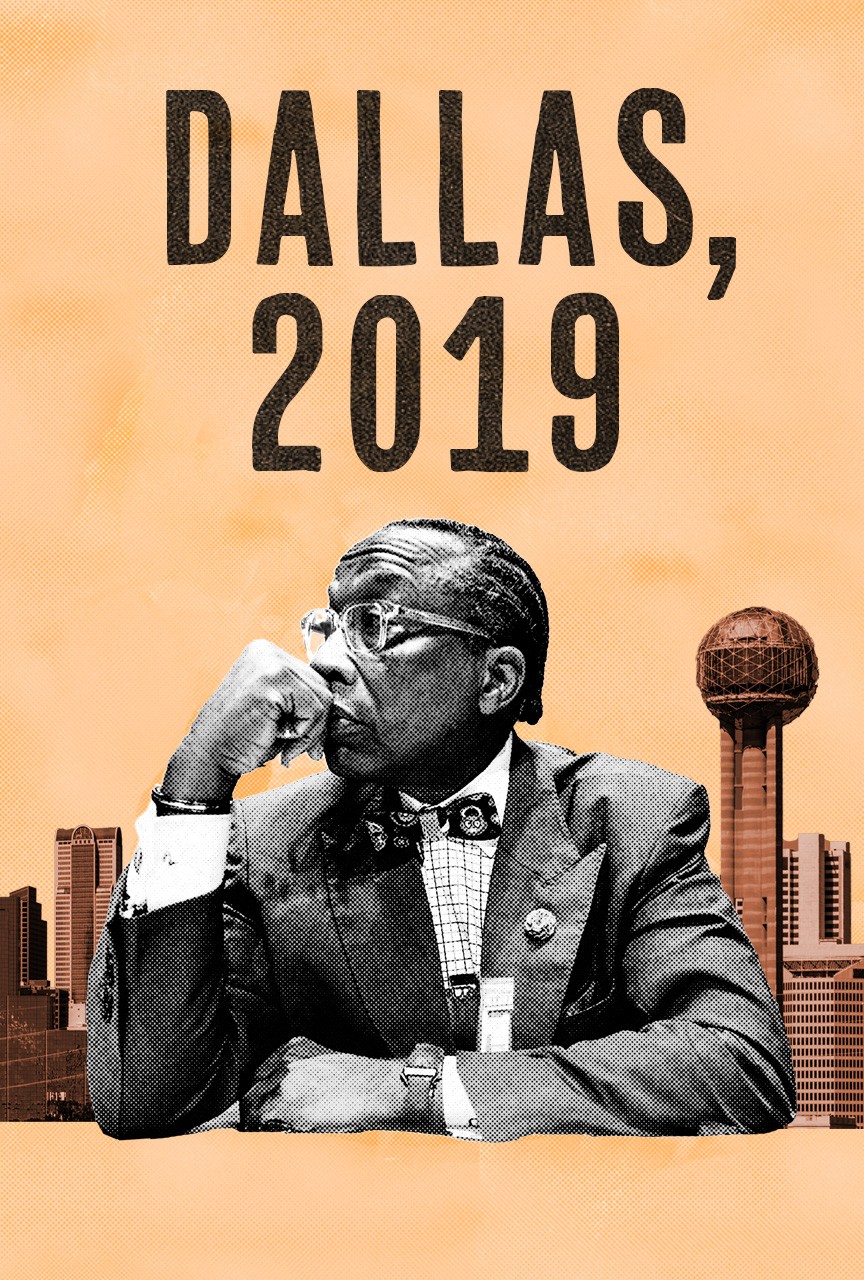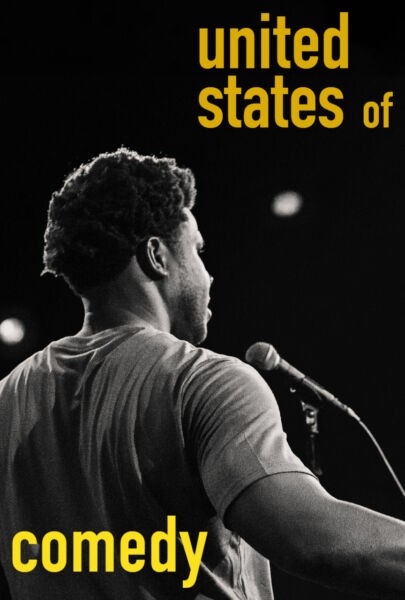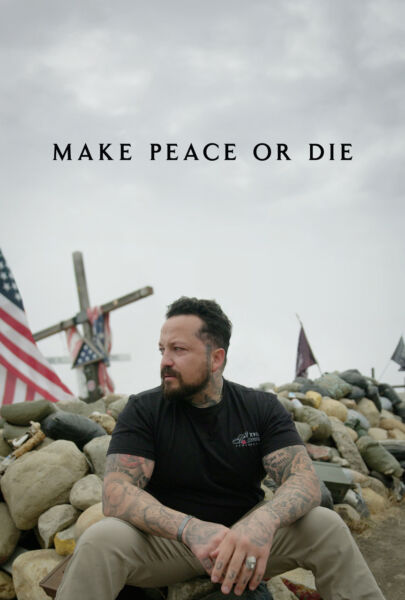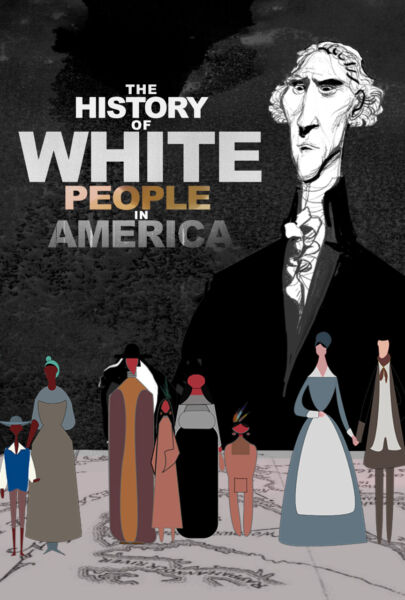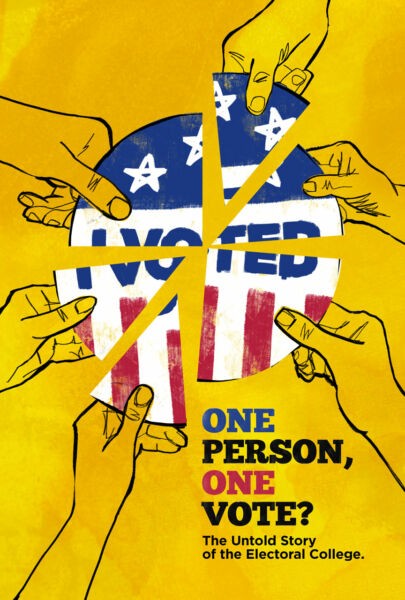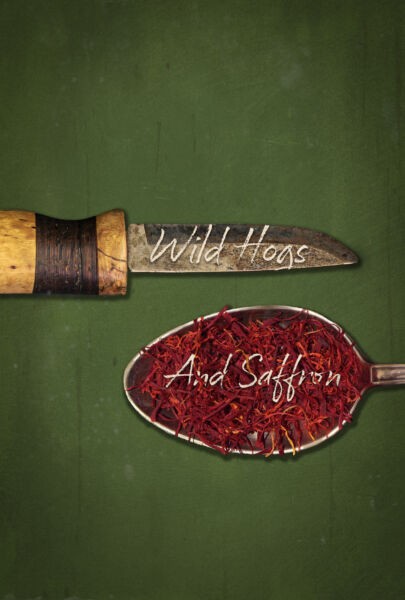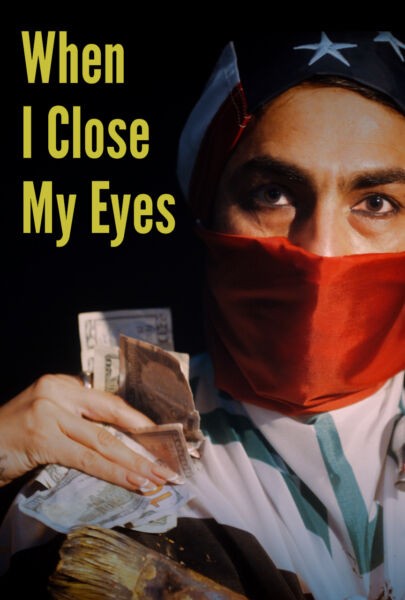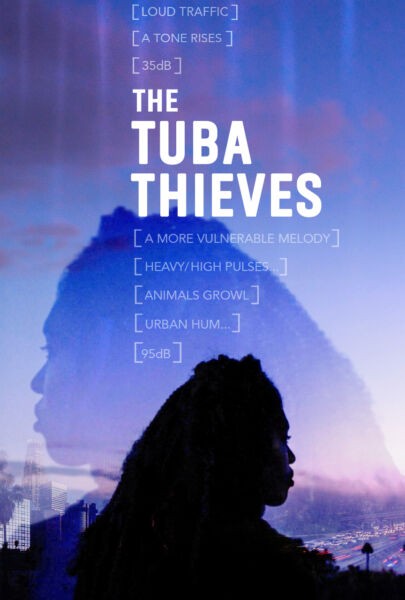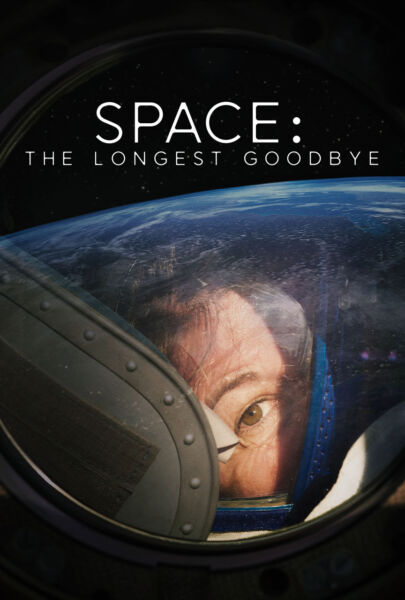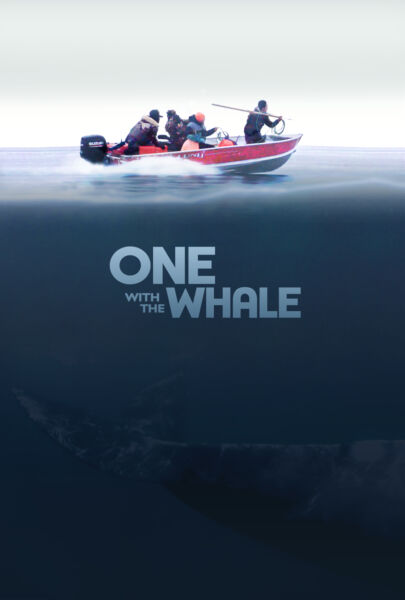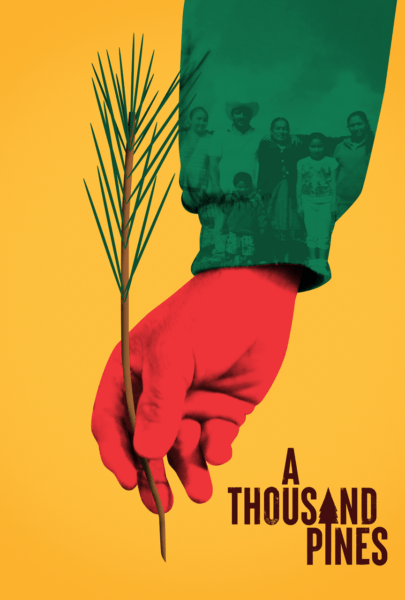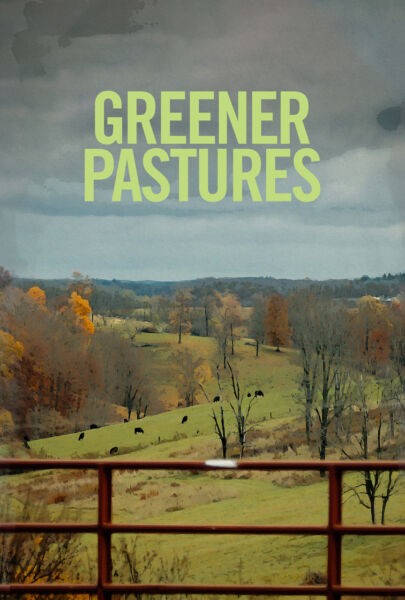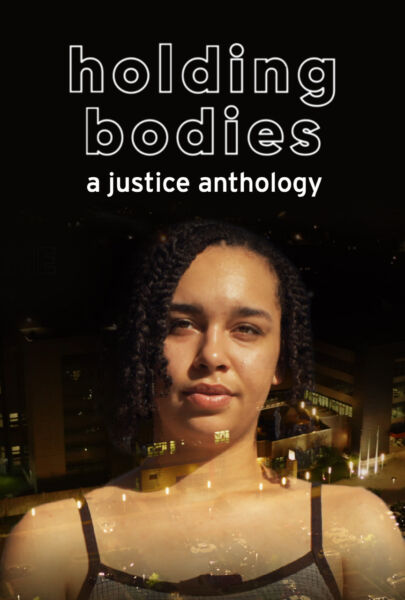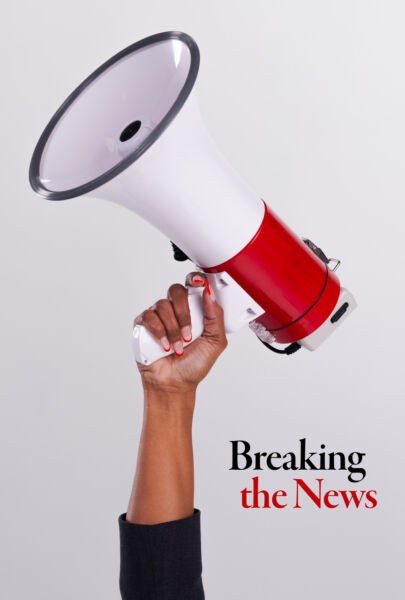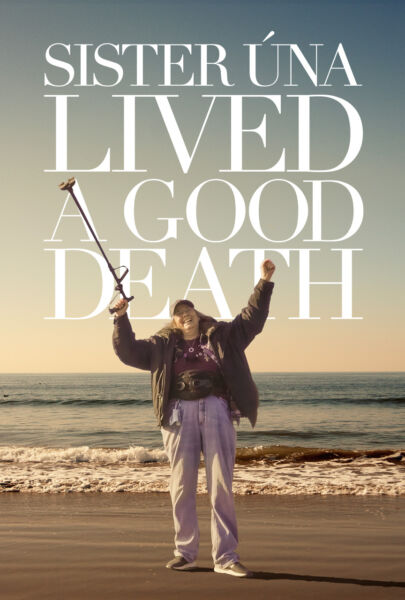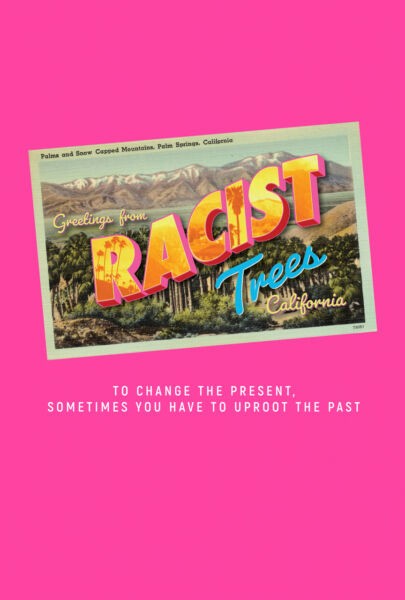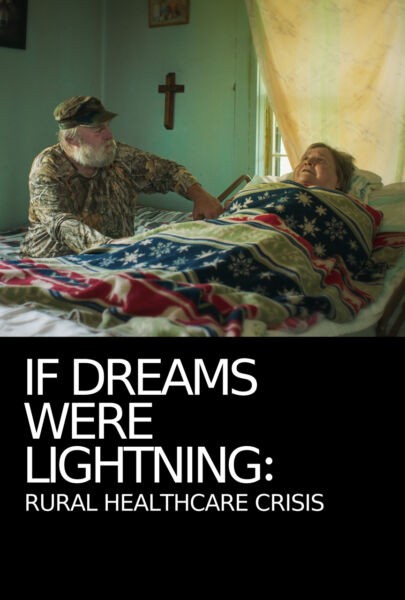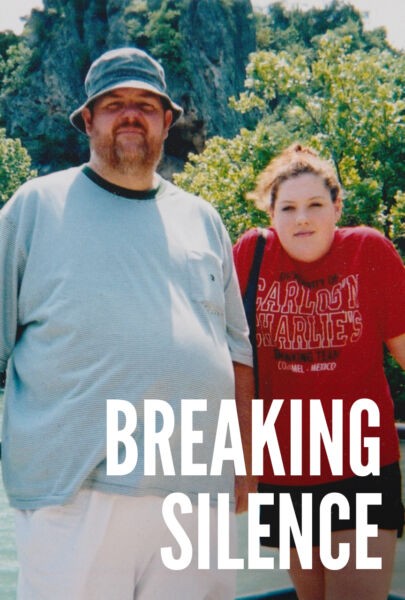
As depicted in Best of Enemies, bitter intellectual rivals Willam F. Buckley and Gore Vidal eviscerating each other with wit on network TV in 1968 made for riveting, and sometimes jaw-dropping, television. It also laid the groundwork for the ignominious future of the TV political pundits, a species of media figure Best of Enemies filmmaker Morgan Neville accuses of debasing public discourse, “the dumbing down of the nation … a race to the bottom.”
It’s hard to imagine Buckley or Vidal would be flattered to be linked to anti-intellectual political television now. It’s not all lowbrow, of course; for every cable news shoutfest, there’s a more polite political conversation on PBS, or a Jon Stewart or W. Kamau Bell providing pointed commentary.
To see what we’ve become it’s good to have a look at how things started, before even Buckley and Vidal’s verbal sparring matches at the 1968 political conventions. Who have been American television history’s most important political pundits? Which shows were a part of the evolving (and some would argue, devolving) TV political landscape? This brief survey is not meant to be all-encompassing, but rather provide a glimpse of some pivotal moments and key players.
Before Buckley and Vidal: Early Landmarks & Pioneers
Edward R. Murrow was a pioneer of television news broadcasting who first rose to prominence as the lead of CBS News London-based coverage of World War II. Murrow even flew on combat planes for especially vivid broadcasts, where he gathered together a top-flight team of reporters, that included Howard K. Smith (later the moderator of the Buckley/Vidal debates) and Eric Sevareid. It was Murrow’s post-war television career that is most permanently etched in American culture. His See It Now program tackled controversial topics, most famously going after the Red Scare/McCarthyism at a time when no other mainstream news source dared cross the House Un-American Activities Committee. Ultimately, Murrow’s hard-hitting reporting clashed with the network head, in addition to failing ratings and the increasing popularity of “fluffier” entertainment like game shows, and he fell out of favor. But his legacy and historical import remain unchallenged for being one of the very first to express direct, opinionated political commentary on network television. Here’s Murrow famously taking down Senator Joe McCarthy on See It Now (“we are not descended from fearful men”) in 1954:
John F. Kennedy on Jack Paar Show
The influential Jack Paar was the first host of NBC’s The Tonight Show, from 1957 to 1962 (later succeeded by Johnny Carson). Paar, who is seen briefly in Best of Enemies, was friendly with the Kennedys, and in 1960 invited Senator John F. Kennedy, a candidate for president at that point, on his show — a then-rare occurrence of a candidate appearing on late night talk show. (President Obama was the first actual sitting president to appear on a late night talk show.)
At first it does not feel like the kind of more informal talk show chat American audiences have grown accustomed to seeing from our presidents and candidates. JFK seems to be giving more of a campaign speech at first. Eventually he ventures more off the cuff, as he answers questions from the audience (after seeing their debate, it is hard to imagine the Nixon of 1960 doing this). But the audience questions themselves aren’t as informal or humorous as we’d expect today.
Kennedy-Nixon Debate 1960
That same year saw the first-ever nationally televised presidential debates when JFK squared off against the Republican candidate, Richard M. Nixon. It did not go well for Nixon. Radio listeners polled thought Nixon had won, but those who watched on TV had a decidedly different take. After seeing Nixon’s clammy, sweaty presence, and as his roving glances avoiding eye contact with the camera (a discipline the more polished Kennedy had already mastered) made him look shifty. The debate was the first time TV played a significant role in American politics and was watched by 70 million people. There would be subsequent debates in the 1960 campaign, but for Nixon the damage had already been done.
Nixon would later try to use TV to his advantage when running for President again in 1968 — this time successfully — by appearing very briefly on the popular sketch comedy show Rowan & Martin’s Laugh-In:
Eric Sevareid
A special place here belongs to the widely respected reporter and commentator Eric Sevareid. Sevareid was an Emmy and Peabody Award-winner who’d been a wartime correspondent as one of “Murrow’s Boys,” and was once investigated (unsuccessfully) by the FBI as a possible Communist sympathizer. After JFK’s assassination, Sevareid appeared on CBS to reflect on what faced Lyndon Johnson as newly sworn-in President. Sevareid’s commentary is direct, fact-based, and without much in the way of partisanship, but offers a gentle critique of LBJ’s style and history.
After Buckley and Vidal: Modern Pundits
Writers Dan Nimmo and James Combs make the case in their book The Political Pundits that contemporary talking heads are “direct descendants of the pundits of ancient times. Like their ancient counterparts, modern pundits require a public forum.” While the ancient pundits had the Oracle of Delphi or the palace steps of ancient Israel, today’s pundits glom on to the fastest forms of mass media available, from newspapers and radio to television and now the web and social media.
Here are some of the more prominent examples of modern political punditry that have had the biggest stages and in many instances the loudest mouths making their cases:
60 Minutes: Kirkpatrick vs. Alexander
In the 1970s, the spirit of the Vidal vs. Buckley debate reappeared in the form of a segment on the CBS newsmagazine 60 Minutes (which, interestingly enough, debuted in 1968). In this recurring piece called “Point-Counterpoint,” conservative journalist James Kilpatrick argued with liberal journalist Shana Alexander (there’s a brief clip in Best of Enemies). This “Punch & Judy” segment was famously ridiculed in a Saturday Night Live skit in which fake newscaster Dan Aykroyd (as the conservative) calls colleague Jane Curtin “you ignorant slut.” In the clip below, even though it was during Democratic president Jimmy Carter’s tenure, the liberal Alexander is the one criticizing the state of the union.
From an LA Times obituary for Alexander:
Alexander and Kilpatrick alternated picking topics each week. They would write their pieces and get them to the other person, who would then write a rebuttal. “Shana articulated what was at the time the liberal point of view every bit as well as Jack Kilpatrick articulated the other side,” Hewitt said Thursday. The liberal-conservative team allowed the show to “play it down the middle … so neither side could lay a glove on me,” he said.
In a 1979 interview with the Los Angeles Times, Alexander downplayed her role as a 60 Minutes commentator. “I don’t give a rap about 60 Minutes,” she said. “Before I ever heard about [it], I had been a writer, a columnist for Life magazine and for Newsweek — that was about as high as you could get in column writing. I care about my writing. I’m not a quack-quack TV journalist.”
Crossfire
Crossfire premiered on CNN in 1982 (the cable news network itself had only launched two years earlier); it was spun off from a radio show, with right-wing Pat Buchanan (a former Nixon assistant and speech writer, and a political columnist) and left-leaning Tom Braden (a journalist and former CIA operative who incidentally was the author of and inspiration for ’70s TV show Eight is Enough) squaring off, often joined by special guests. Braden was later replaced by Michael Kinsley, and Buchanan was replaced on the right by Robert Novak, as well as numerous hosts mixed in between over the years.
In one of the show’s earliest episodes, Crossfire had a KKK Grand Wizard on as a guest, and after co-host Tom Braden starts by asking why after “setting the South aflame with cross burnings and lynchings” in the earlier part of the 20th century “they should be bothering the country still,” before eventually calling the Wizard a “disgrace.”
Crossfire expanded to an hour and went live in 2002, and tried to maintain both relevance and ratings, but the increasing popularity of more comedic political shows like The Daily Show — as well as Daily Show host Jon Stewart’s own infamously testy appearance on Crossfire — helped throw dirt on the coffin. It was canceled in 2005.
Jon Stewart asks Crossfire hosts Paul Begala and conservative Tucker Carlson, “Why do you argue?” in a conversation that starts off fairly polite before turning testy and pointed. “Stop hurting America,” Stewart pleads. While his wish was granted and Crossfire was eventually canceled, the kind of angry, argumentative what-passes-for-debate style cable news discussions spread everywhere else, especially frequent Daily Show target FOX News.
McLaughlin Group
John McLaughlin, editor of the conservative magazine (founded by William F. Buckley) National Review, created and hosted this political discussion show featuring journalists like Fred Barnes of The New Republic and the ubiquitous Robert Novak. The panels were never especially diverse (there were women sprinkled in over the years, but it generally reflected the gender and color of the host), and tended to go between polite conversation around the horn and more heated and charged opinions, all led by the bombastic McLaughlin.
In this 1992 episode of The McLaughlin Group, the panel of all-white journalists discuss the aftermath of the L.A. riots that happened after the Rodney King police beating case verdict. (Note how some of the elements of this story and their reactions to it maintain a degree of relevance today, some 24 years later.)
“Wrong!” comedian Dana Carvey yowled in his Saturday Night Live impersonation of the McLaughlin Group leader, which nails the “unrehearsed, hastily assembled program’s” propensity for shouting and interrupting.
A generally more civil and polite conversation about politics has been happening on PBS since 1967, the year before the 1968 Buckley/Vidal debates. Washington Week (or Washington Week in Review), the moderate, moderated show has only had five hosts in its long history, including Robert MacNeil and, for a number of years now, Gwen Ifil.
Modern Evolution/Trends: Comedy + Politics
The Daily Show arrived on the scene on Comedy Central in 1996 in the midst of what feels today like a rather benign Presidential campaign (between Bill Clinton and Bob Dole), as a nightly mix of talk show and acerbic, comedic takes on American political happenings. Hosted by the affable Craig Kilborn (a mix of charm and smarm) the show was fairly popular but more pop culture-centered, and didn’t really become the impactful, game-changing political program until the aforementioned Jon Stewart became host in 1999.
When Stewart, a former standup comic and actor, took the reins, The Daily Show became much more strongly focused on politics and the national media. It also brought television political punditry and discussion to a much younger audience, as (per Pew Research) roughly 74% of the show’s regular viewers were between 18 and 49. The show balanced Stewart’s own commentary on the news with recurring fake news segments with special correspondents (played by comedians, actors, and writers Steve Carell, John Oliver, Larry Wilmore, Samantha Bee, and others), opinion pieces and rants from Lewis Black, and interviews with celebrities. Much has already been written about the show’s remarkable tenure, and here’s a good compilation of some of the most Jon Stewart-y moments, but take a look at the first ad for the first season of Stewart’s Daily Show:
Two Daily Show acolyte/correspondents/commentators would go off and form their own successful, branded political commentary shows: Stephen Colbert, who created a persona for his Colbert Report of a conservative, religious and self-parodying news host (before more recently getting to be himself as host of his own CBS talk show); and John Oliver, host of HBO’s Emmy-winning Last Week Tonight.
Enjoy this meta-moment in which Stephen Colbert stays in character for a Congressional hearing:
HBO’s long-running Real Time with Bill Maher, hosted by the acerbic, left-leaning stand-up comedian, has for years brought its own take on the roundtable political discussions with a mix of pundits, politicians, journalists and opinionated celebrities. In some ways Maher became a sort of liberal version of John McLaughlin, in which he presided over rapid-fire conversation. While he actually did better than McLaughlin at offering a mix of perspectives, he also made sure he owned the show, and gave himself the last word.
People of Color on Political TV
From comedian W. Kamau Bell’s United Shades of America on CNN to the Trevor Noah incarnation of The Daily Show, there are more people of color hosting politically themed talk shows than ever before. Unfortunately, Larry Wilmore’s Nightly Show, which won accolades for covering stories about the underserved and race relations, and had started to build a cult audience, was canceled by Comedy Central months before the November 2016 election. There’s undeniably still a ways to go before more people who are not white see their perspectives reflected back on political television.
Who would you like to see doing political commentary on TV instead? If you could go back in time to another decade, even way back, what writer/pundit/analyst would have been fascinating to see on TV if you could pick anyone? Did we miss any other favorite political pudits?


